Risk Factors of Prescription Opioid Overdose
Opioids are legitimately used to relieve pain, but they carry serious hazards to individuals and society, including the potential for abuse, addiction, overdose, and death. In 2015, over 15,000 people died from taking prescription opioids (not including non-methadone synthetic opioids like fentanyl and tramadol).
Selecting the right patients, conducting the right evaluations before starting opioid therapy, and keeping a close eye on their progress are all crucial to the treatment’s success. Knowledge of patient factors contributing to overuse, abuse, addiction, suicide, and respiratory depression is essential for risk assessment and prevention. Substance abuse, both in the past and the present, untreated psychiatric problems, a younger age, and social or family contexts that favor misuse are all risk factors for opioid misuse and addiction.
Middle-aged people with drug abuse and psychiatric comorbidities have greater risk factors of prescription opioid overdose. Deaths from opioid intoxication are either underreported or frequently misclassified as suicides. The possibility of suicide in painful patients needs more research and more accurate risk assessment. Clinical tools and a growing body of information help doctors determine which individuals may have an increased risk of negative reactions to opioids.
Contact us at the Alpine Recovery Center for more information. We have the best Colorado Medicaid rehab programs. Call us at 720-605-7203.

Which Factors Increase the Risk of Opioid Overdose?
Different people, both patients and non-patients, misuse and abuse medications for different reasons. Risk factors of prescription opioid overdose include:
- Patient-provider communication breakdown.
- Self-medication without a doctor’s approval.
- Avoidance of withdrawal symptoms.
- Longing for some high or psychoactive high.
- Continual use prompted by addiction.
- Fraudulent diversion of drugs for financial gain.
What is The Best Indicator of Opioid Overdose?
A patient’s risk of developing an OUD should be determined before beginning opioid therapy for chronic pain. Indicators of OUD risk include the following behaviors:
- State of incapacity because of pain
- Overstatement of pain
- Origin of discomfort not established
- Young Age
- Smoking
- Lack of social support
- Instances of substance abuse in an individual’s past
- Substance addiction history in the family
- Emotional and mental strain
- Suffering from a traumatic experience on a mental level
- A history of mental illness
- Use of psychotropic Substances
- Focus on opioids
- Preadolescent Sexual Abuse
- Legal problems
- Previous Substance Abuse Rehabilitation
- Longing for Prescription Medication
- Mood swings
- Persistent difficulties during formative years

Unresolved emotional distress from chronic pain is a separate risk factor for opiate abuse or misuse in patients without any other preexisting conditions. Adverse outcomes and therapeutic failure with opioid therapy may also be caused by other factors, such as mental and emotional pain from histories of childhood or adult trauma, hopelessness within economically depressed communities, binge use and thrill-seeking behavior, and social environments that encourage illicit substance use.
What are The 5 Risk Factors That May Lead to Someone Using Drugs?
Individuals who use substances associated with a high risk of negative effects engage in high-risk substance use. Some examples are:
- Prescription medication abuse,
- Dependence on or experimentation with substances that are illegal to possess or use,
- Drug injection
Fifteen percent of high school seniors said they have tried some illegal substances or injectable medications (i.e. cocaine, inhalants, heroin, methamphetamines, hallucinogens, or ecstasy). The percentage of college students who have admitted to abusing prescription opioids is 14%. Young people are at increased risk of overdosing and contracting HIV when they use drugs, and they are at particularly high risk when they inject drugs. Opioid usage among youth is also strongly associated with sexually risky conduct. Students who have used prescription medicines without a prescription are more likely to become prescription drug abusers and victims of drug misuse. Substance abuse is linked to sexually risky conduct, exposure to violence, and negative psychological and suicidal outcomes.
Consider the following as potential contributors to high-risk substance use among young people:
- Family history of substance use
- Parental substance use
- Association with delinquent or substance-using peers
- Childhood sexual abuse
- Mental health issues
What Can Be Done to Reduce Opioid Addiction?
Opioids should be used for no more than three days to relieve severe, short-term pain, such as that felt immediately after surgery or a bone fracture. It is recommended that people taking opioids for acute pain speak with their doctor about reducing their dosage and shortening the length of their treatment.
Opioids are not thought to be a viable option for treating chronic pain in the long term. Non-pharmacological therapy and less habit-forming pain medications are only two of the many treatment alternatives available. Opioid use disorder (OUD) sufferers should look for a treatment that will help them live a full and productive life free of opioids.
Addiction to opioids can be avoided if people always take their medication as prescribed, never try to mix medications, and properly dispose of any unused medication.

What are The 3 Adverse Effects of Opioids?
The most common side effects of opioids include nausea, dizziness, and constipation. Some other less common side effects are:
- Arrhythmia
- Muscle rigidity
- Itchy skin (pruritus)
- Dry mouth (xerostomia)
- Immune system and hormonal dysfunction
- Quick, involuntary muscle jerks (myoclonus)
Rehab for Opioid Addiction – Alpine Recovery Center
After a period of abstinence, patients with opioid use disorder (OUD) may still benefit from continued treatment to avoid relapse (either through medically supervised withdrawal or another method).
Medication or medication with behavioral therapy is the most effective treatment for opioid addiction. A higher rate of success can be expected when medicating alongside other approaches to treating risk factors of prescription opioid overdose. One of the best facilities in Colorado for treating opioid addiction is Alpine Recovery Center.
Alpine Recovery Center offers services to aid in the rehabilitation of each patient. Feel free to call us at 720-605-7203 right now if you have any questions about our services.










